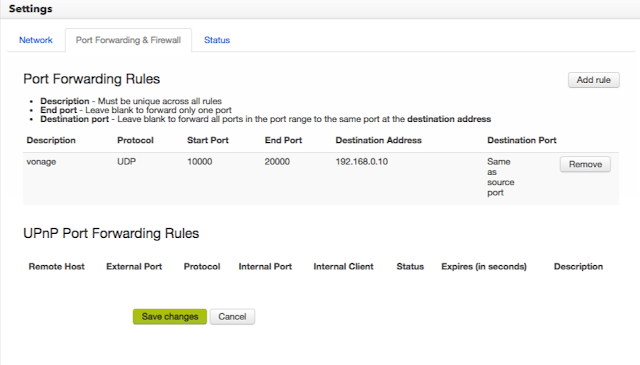Just In Time – Amazon, Walmart and the Race to get to Your Door
Over the last decade and a half, Amazon
has transformed how we buy things. Debuting in 1995 as an analogue book and
music seller, it has quietly, through global expansion, as well as acquisitions
in the brick-and-mortar and virtual space, grown to be a formidable force in
the retail sphere. It now sells everything from clothes to car parts, while
continually innovating in how it delivers content in its digital media and
publishing business. Coupled with excellent customer service and satisfaction,
competitive pricing and best-in-class delivery thanks to one of the most
sophisticated logistics and warehousing operations on the planet, it is the
preferred avenue for many buyers globally. It has also quietly built a
formidable third-party resale business and web and content delivery
infrastructure that hosts giants such as Netflix. That’s why the company is
worth over $120 billion today.
Walmart’s move this last week, to introduce
a hybrid delivery model comes as a desperate attempt to stem Amazon’s steady
inroads into its traditional business base. Though significantly larger than
Amazon with $450 billion in US-sales, and with a decade-old online purchasing
service and equally competitive pricing, its online retail revenue barely
clocks in at $9 billion compared to Amazon’s $65 billion. It has obviously read
the writing on the wall.
Walmart’s
idea seems to be simple. Customers order online, and they can pick up their
items at their convenience from lockers at one of Walmart’s over 4,000 big box
stores. The thinking behind this idea confounds me.
One of the reasons Amazon has grown as fast
as it has, is because it has tapped into an emerging consumer cohort that is
born of greater urbanisation and the need for convenience. As more of the world
moves into cities, and space costs a premium, the higher density of consumers
in an area with greater purchasing appetites and power, and wanting more
diverse choices, positions Amazon’s virtual stores to cater to their every
needs, be they food or laptops. With Amazon Prime- an annual $79 subscription-
any and all deliveries from Amazon are absolutely free.
Even with this new model, Walmart is still
going to be trapped by its traditional business model and locations. These
lockers will still be in big-box, suburban stores that require a car and are
far away from the rising, urban consumer class. The lockers will still need to
be stocked by Walmart’s badly-paid, famously hard-to-find and dismally trained
workforce. It will do little to mitigate the Company’s reputation as a
destructive corporate citizen. If anything, a fragmented delivery service at
each of the 4,000 stores will mean greater overheads, inconsistent quality and
little advantage over the status quo. Why would I get online and buy on Walmart’s
site if I still have to drive there, deal with a poorly-paid and trained staff
person to get what I need? Amazon can get me what I want in a day at my
doorstep. Instead of tapping into a higher-value, higher-return market in the
US and overseas, Walmart is throwing good money after a bad idea.
If anything, India’s home-grown Flipkart offers a better answer for a
hybrid for both Amazon and Walmart. By providing efficient cash-on-delivery
options for web-based buyers, the company has made rapid inroads into a massive
consumer base that is only beginning to embrace online purchasing but does not
traditionally have access to credit or even banking options. Like Amazon, Flipkart
started selling books and music (in 2007). Since then, it has grown to stock a
range of products and is forecasted to top $1 billion in revenue by 2015. In a
market of over a billion consumers, the potential is huge. If applied to Asia
as a whole, the opportunity is infinite.
In the background, the ever-agile Google’s
also begun to build a cutting edge delivery system on top of a growing online
and phone-based payment network called Google Wallet. The company is currently
testing same-day delivery in San Francisco, clearly demonstrating its appetite
for the urban consumer. The synergies with the deep penetration of its android
and chrome-based Play Store make it a formidable force in retail in the future,
and Google is always innovating.
Walmart’s unlikely to go anywhere with this
move, but innovation will be key in both creating new markets and winning the
customer for any existing and new online-retail business. The first one to get
you what you want, when you want it, will be the one that you want knocking on
your door…




